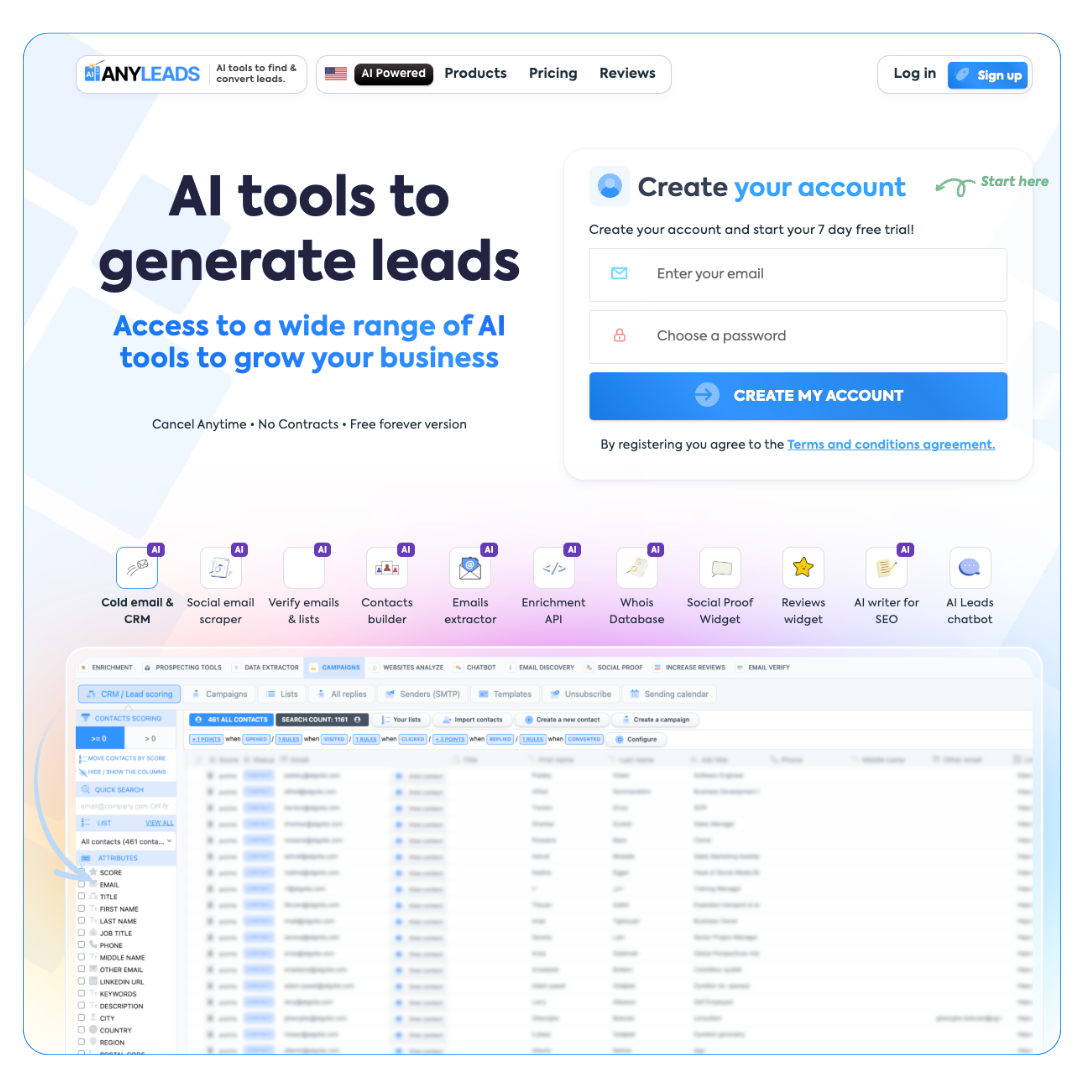 LIMITED SPOTS
All plans are 30% OFF for the first month! with the code WELCOME303
LIMITED SPOTS
All plans are 30% OFF for the first month! with the code WELCOME303

 LIMITED SPOTS
All plans are 30% OFF for the first month! with the code WELCOME303
LIMITED SPOTS
All plans are 30% OFF for the first month! with the code WELCOME303


Sales teams move pretty fast. But useful knowledge? That tends to lag. A great line from a call gets forgotten. An answer to a tricky objection sits in someone’s inbox (we’ve all been there, just waiting). Then a top performer leaves, and half their experience goes with them.
Reps keep circling back to the same questions:
“Has anyone seen this before?”
“What’s the best way to respond to this?”
“Didn’t we solve this already?”
It’s rarely a lack of insight. Most of the time, the right information just doesn’t make it to the right place, or even the right moment.
And the fix probably isn’t more documentation or another recurring sync. What helps is building a way for good ideas to travel on their own, without asking people to slow down to share them.
The most valuable sales knowledge is already being created on calls. But if those calls aren’t easy to revisit, the learning stops with whoever was on the line.
Every recorded call is an opportunity to document real talk tracks, common objections, and in-the-moment pivots that helped close the deal. But instead of asking reps to take notes or dig through hour-long replays, build a searchable library.
With the right tools, calls can be transcribed, clipped, and tagged by product line, stage, or persona. A rep dealing with a hesitant CFO shouldn’t need to ask around. They should be able to search “CFO pricing objection” and get a real clip from someone who’s been there before.
It doesn’t matter how much you’ve documented if no one can find it when they need it.
Internal meetings can feel routine. But they’re often where the clearest signals show up: changes in buyer behavior, competitive shifts, or things that aren’t landing anymore.
Recording these meetings is a good first step. Transcribing them makes them usable. Tools like Happy Scribe’s YouTube transcription make it easy to turn long recordings into clean text, which can be skimmed, searched, and clipped.
Instead of burying those takeaways in a forgotten folder, pull out the best 1-2 minute moments and surface them where they’re needed: onboarding decks, battle cards, or shared folders organized by topic.
Doing this once or twice won’t change much. But doing it every week builds a rhythm of capturing and sharing insights that would’ve otherwise disappeared.


Well, search only works if what you’re searching for is labeled clearly. But expecting teams to tag every call, note, or update manually creates friction, and friction kills adoption.
Start with a simple system: Define 5 to 10 tags that reflect the most common challenges or themes your reps face. Then layer in automation to assign those tags based on call keywords, CRM properties, or deal stages.
For example, if a transcript contains the phrase “timeline concerns,” it could be automatically tagged under “stall tactics. ” Or if it comes from a deal in healthcare, it gets categorized under that vertical. Here’s a starting point for most teams:
Common objections
Industry-specific examples
Product updates or feature requests
Once your tagging system is live, make space for it to evolve. Silent failure is common; tags that made sense three months ago might no longer reflect how your team talks about deals. Let reps flag mismatches or suggest new categories. Monitor what’s being searched and skipped. These clues help refine your taxonomy and ensure your system mirrors real-world behavior, not internal assumptions.
Over time, this system becomes smarter based on what your team searches for, making it easier for everyone to find what works without reinventing the wheel.
Static sales playbooks usually reflect what worked six months ago (at best). They’re often written by people one step removed from the day-to-day. The fix? Build a system that lets reps contribute in real time, without turning them into copywriters.
After every deal won or lost, give reps a prompt: What worked? What fell flat? What surprised you? Let them drop that insight as a voice note, call clip, or short message. Then route it automatically into the right section of the playbook.
The tech is simple. The impact is not.
What starts as scattered insights becomes a living, breathing reference that evolves as fast as your market. And because it comes from the field (not a slide deck), it carries more weight.
No one wants to block off an hour for peer training. But most reps are learning from each other every day: in Slack threads, snippets of call recording, and smart one-liners that come out mid-pitch.
The challenge is catching those moments and turning them into assets.
Make it dead simple for reps to flag something as “worth sharing.” That could be a quick form, a pinned emoji, or a button inside your call review tool. Once lagged, someone on the ops or enablement team can approve it and tag it properly.
Encourage participation with light-touch systems like:
A monthly “Rep Tip Roundup” shared in Slack
A leaderboard for most-shared insights
Occasional shoutouts or rewards tied to high-usage content
Also, consider adding short-form videos to the mix. Sometimes, a 30-second clip of a rep explaining how they opened a cold email (or how they defused a pricing objection) teaches more than a full-page memo. Loom or phone-recorded clips can be shared internally, tagged, and reused in onboarding or training. The format doesn’t have to be polished. It just needs to be real.
Most of what’s worth sharing already exists. The real win is capturing it while it’s fresh, and tools like Happy Scribe make it a whole lot easier.


If sharing or accessing knowledge requires switching tabs, logging in again, or opening a wiki no one uses—forget it. The best systems live where the reps already are.
Tie your content library into your CRM so suggestions surface based on deal stage or persona. Use Slack or Teams bots to nudge reps when similar deals are closing elsewhere. Even browser extensions can help bring coaching or past wins directly into the workflow. Smart integrations can deliver:
Top clips related to the current account industry
Talk track suggestions triggered by specific keywords
Real-time alerts when someone else logs a win in a similar vertical
Knowledge sharing works best when it doesn’t feel like a separate activity (it just shows up when it’s needed).
The more invisible the integration, the better. If helpful content appears right when a rep needs it (without clicking away or digging), it starts to feel like part of their workflow, not an interruption.
Want to know if your knowledge system is working? Watch a new rep go through onboarding. If they’re still asking basic questions that others have answered before, that’s a red flag. But it’s also an opportunity.
Use their feedback to expose gaps in your shared content. Where are they confused? What resources helped them most? Where did they get stuck? Then automate those lessons back into the system. A few simple fixes can make a huge difference:
Turn repeated questions into a searchable FAQ
Add clips of real calls to explain tricky product features
Route product updates into onboarding flows automatically
Good onboarding is a team-wide effort. The stronger your knowledge ecosystem, the faster new hires ramp up, and the faster they contribute back to it.
This is a hard truth, but not everything needs to be saved. And what was useful last quarter might now be misleading. A bloated content hub wastes more time than it saves.
Set review cadences for your most-used content. Automate pings to content owners every 60-90 days to confirm accuracy. If no one touches a document in 6 months, archive it until someone makes a case to bring it back.
Also, empower reps to flag things that feel off. A quick “Needs Update” button gives your system a feedback loop (without relying on audits). Keeping your content fresh doesn’t just tidy up the system; it also tells your team they can rely on what they find.


Sales teams rarely lack information. The real issue is how slowly that information moves once someone learns something valuable. Automation that works doesn’t try to disappear; it shows up where it’s needed and gets out of the way.
Start small. Tag the things your team is already producing. Surface them where it matters. Keep only what’s helpful, and build a rhythm (not a repository).
That’s how knowledge sharing sticks.
Author:
Mika Kankaras
Mika is a fabulous SaaS writer with a talent for creating interesting material and breaking down difficult ideas into readily digestible chunks. As an avid cat lover and cinephile, her vibrant personality and diverse interests bring a unique spark to her work. Whether she's diving into the latest tech trends or crafting compelling narratives for B2B audiences, Mika knows how to keep readers engaged from start to finish. When she’s not writing, you’ll likely find her rewatching classic films or trying to teach her cat new tricks (with mixed results).